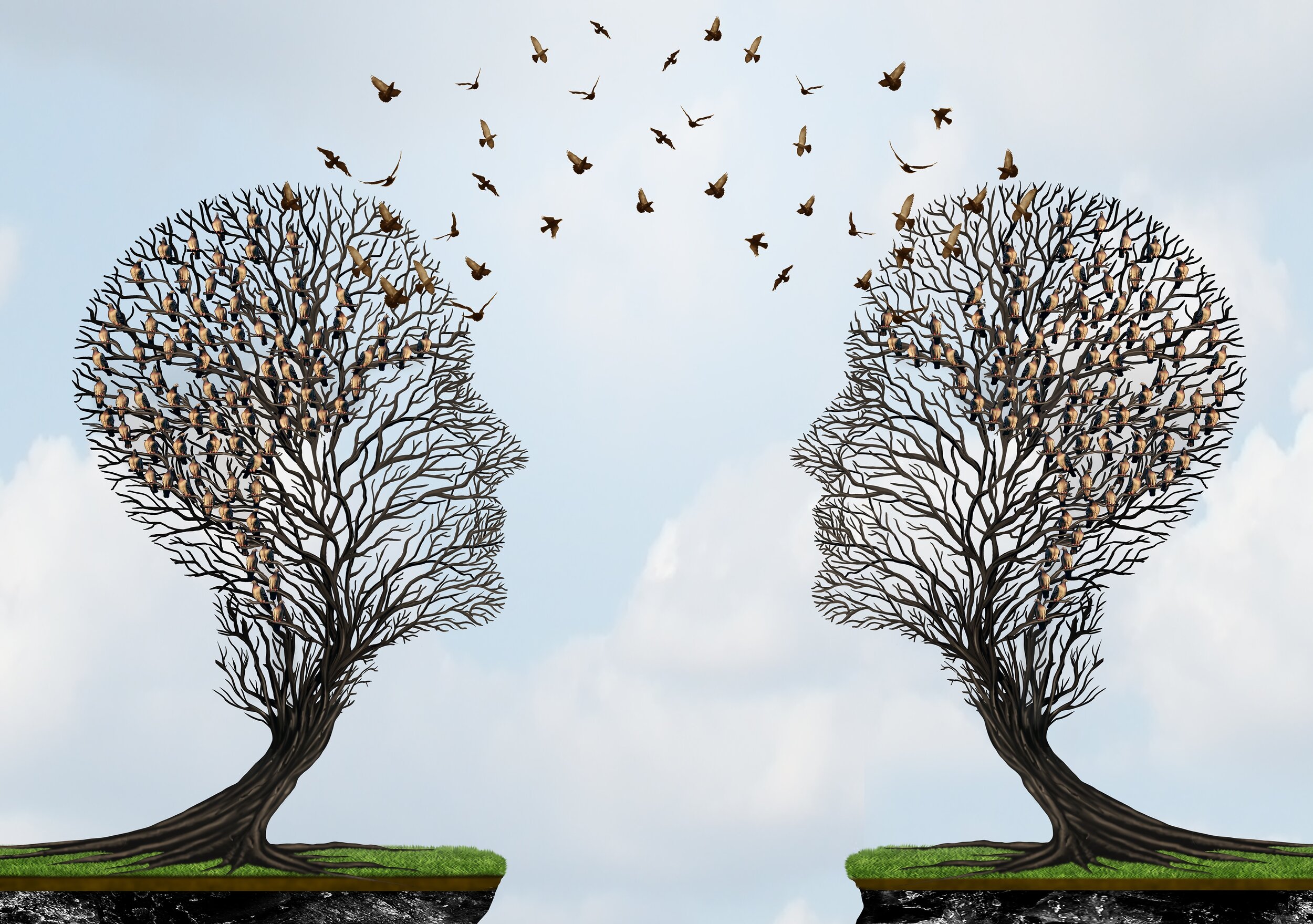Views & News
Interviews, podcasts, research from inside and outside Youth Catalytics: you’ll find it all here. We welcome your opinions, conjectures, rejoinders, and anything else you have say. We’re a community of professionals who care about young people, and want the information and insights expressed here to be as vital and vibrant as they are.
Have something to contribute? Add your voice to our Views & News. Contact Mindi Wisman for more information at mwisman@youthcatalytics.org
Privileged to serve: a conversation on training and equity
There are some people who, for 20 or 30 years, have been doing direct service, on the ground seeing how families or communities transform or change, seeing their needs every single day — and a lot of times those people don't get the opportunity to influence how things go, where the money is spent, how programs are formed or how they're evaluated.
YouthMapping: the power of a fact-finding experience
How about training young people to investigate issues and resources in their communities? How about teaching them how to collect and fact-check information, provide background and context, summarize it all for their peers — and do it in a way guaranteed to make adults take note?
Helping young people cope with post-lockdown stress
Almost anyone who knows someone in middle or high school sees signs of the stress that is part of adolescence; I’ve talked with young people who cut, whose hair fell out in patches. But in these pandemic months, our stress has been as self-contained as everything else
Philanthropy in a Covid-changed world
As Covid-19 gripped the nation last year, the philanthropic sector greatly boosted its support for charitable and community organizations, and nonprofits can take a range of actions to encourage that generosity to continue.
Our new strategic plan and process
Over the last many years, I’ve helped lots of nonprofits with strategic planning, and so have an enormous appreciation for what’s involved in creating a plan that’s not merely done for planning’s sake — but one that is tracked, adjusted, and evaluated in real time.
A new message from our Chair
I’ve been involved with Youth Catalytics for many years, and I continue to marvel at its resilience and relevance even in extraordinary times such as these. One of the things I most admire is …
My pandemic year: A status report
Yes, this has been a hellish last year of isolation, political insanity (almost literally), and economic struggle, but now — and even if it’s a bit premature — I can speak to how I am emerging. The fact is, I’m a better person
The ‘new’ in our new reality
Ever since the pandemic began in March, we at Youth Catalytics have been talking about our collective...
Estimating the number of unstably housed youth in your community
The Homeless Youth Estimation Project is designed to provide a reliable estimate of the number of youth in any given school district who have left home and are living somewhere else — a car, a friend’s house, with a boyfriend or girlfriend — temporarily.
Find your happy place. Seriously.
Happiness as a state of mind — rather than a passing emotional state — can be developed with practice. By cultivating workplace happiness, programs can both reduce employee turnover and increase client satisfaction.
Don’t call it “data-gathering.” Just start talking to people.
After compiling the top answers from 25 stakeholder interviews, this Board realized that stakeholders’ #1 response to the question about where their organization was most successful was “I don’t know.”
Serious about diversity? The first step is introspection.
If the drive toward diversity makes so much sense, why is actually achieving diversity so hard?
Communicating with a purpose: the webinars
These webinars were created for programs promoting adolescent sexual health, but draw on universal communications strategies and share important advice for all nonprofits.
Best practice? Not exactly. It’s even better.
It’s funny how often the variable that determines a program’s success isn’t a “best practice” at all. It’s how a given activity is actually done in real time, in an actual community, over many days, weeks and months, by the particular cast of people doing it.
#MeToo, and what it probably won’t mean for poor girls
About 10 years ago, we started hearing from our direct-service colleagues that the girls in their programs were facing new pressures to look and act in sexual ways. While children in state care had always been at higher risk of sexual abuse than other kids, with all the attending behavioral fallout, it seemed like something new was happening. Something in the culture, perhaps.
Teaching about trauma in schools and communities that have experienced it
Healing a system is not very different from healing an individual; it starts with awareness.
From our notebook: ‘I wouldn’t trust anyone, unless they could feel my pain
‘I’m 14 and dating a 35-year-old. My mom called the cops on me and not the dude.’
Making room in your program for volunteers
These stories shifted my focus from “What does our agency need that volunteers can give us?” to “What do I sit in my office just wishing someone would do for my clients once in a while?”
Podcast: Giving young people the chance — and the budget — to improve their community
These teens have made more than $285,000 in grants to over 70 nonprofit organizations in Worcester County, MA. Find out how in this 2017 podcast.
You developed the program. Now you want to get it out into the world.
Good news! A rigorous evaluation shows that your program works. Now what? This Q & A dives into how one developer marketed her new evidence-based program.






















